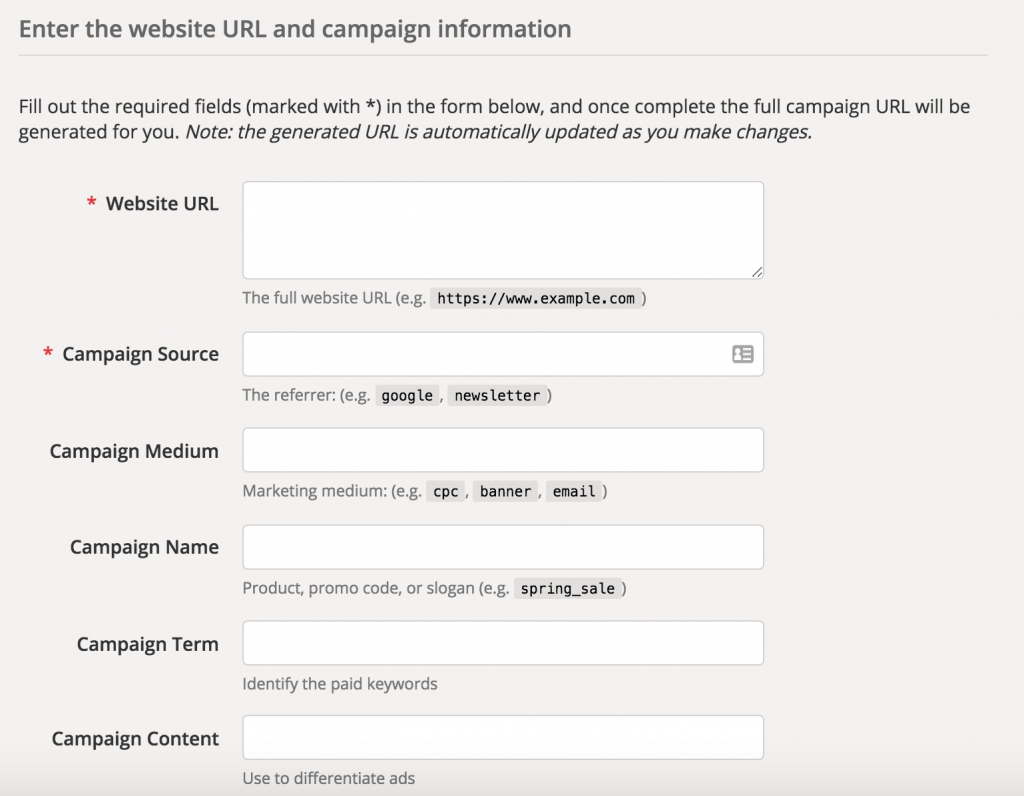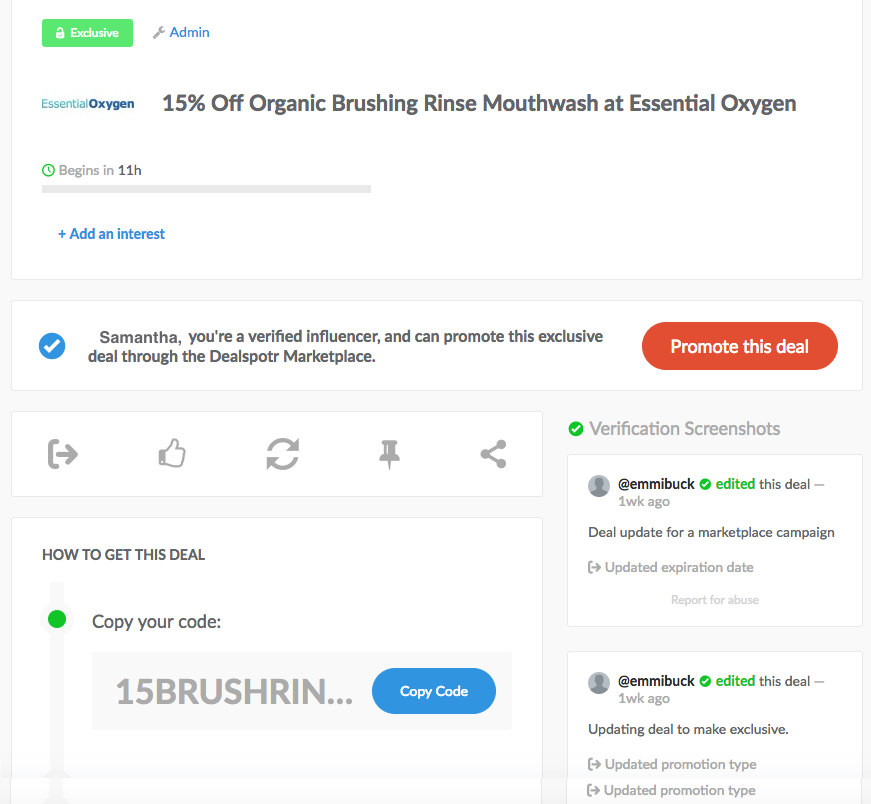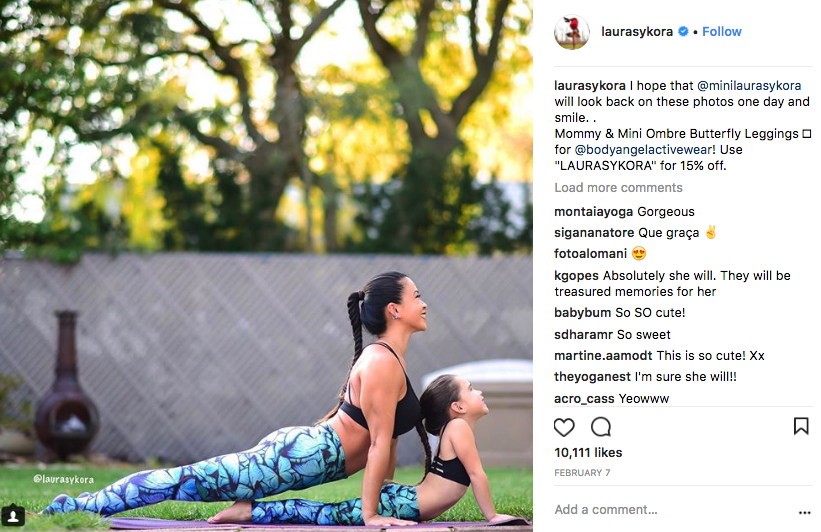
Influencer marketing is wonderful for driving brand awareness, but it’s even better when it drives sales, too. Many brands share exclusive promo codes with their influencers to pass on to their fans. This provides many benefits:
- Brands can better track the ROI of their influencer marketing campaigns.
- Influencers look like heroes to their fans, offering them exclusive discount opportunities.
- Brands enjoy increased brand awareness and conversions due to influencer promotion.
When it comes to influencer marketing with promo codes, brands typically either use promo codes alone, or they tie them to unique tracking URLs. Either of these is a solid strategy; which you choose depends on your brand’s particular needs. I’ll review the distinct advantages of both strategies below.
Strategy #1: Use Promo Codes Alone
Sometimes influencers only have the option to share promo codes. Certain social platforms, Instagram being a notable example, are closed off, and don’t allow links in posts unless the account is paying for advertising.
Why use promo codes?
Just as you use specific promo codes for various sales and promotions, assigning specific promo codes allows you to track the success of these individual influencers.
If an influencer is driving lots of sales or sign ups through their promo code, they’re clearly doing something right. It may simply be a sign that their audience is a perfect fit for your brand. Or it could indicate that they are exceptional at promotion, in which case you can copy some of their strategies in your own marketing or encourage adoption by other influencers.
Promo codes offer two distinct advantages over using tracking links alone:
- Promo codes track your influencer’s offline promotion efforts, whether they print the code out on business cards to share with their clients, or mention it on a podcast, in passing to a friend or at a large event, or simply in the context of a live video stream
- Promo codes also help you track subsequent purchases. After their first purchase, a customer is likelier to go directly to your site than to go back and click through on the link from your influencer’s original social post. However, they’ll remember that promo code and use it again to score the discount.
How to set up promo codes for your influencers
When creating promo codes for your influencers, the key is to make them as short as possible, easy to remember and spell, while still being relevant to your individual influencer. In many cases, the best option is to use your influencer’s social media handle as in the example above for yogi Laura Sykora. Fans already know their influencer’s handle by heart, so it will be easy for them to type it in at checkout on your website.
Alternately, you can create different discount codes for each of your influencer’s individual channels. For example, using Laura as an example, this might look like LAURASYKORAINSTAGRAM, LAURASYKORATWITTER, LAURASYKORAFACEBOOK, and so on. However, this can lead to code overload and a lot of unnecessary headache on your part.
If you’re really concerned about which channels are driving the best results, a more efficient option is to use other tools. Look at your referral traffic in Google Analytics to see which social channels drive the most conversions, or include a post-checkout questionnaire that asks the shopper which channel they heard about you from.
Strategy #2: Tie promo codes to tracking links.
Promo codes alone are great, but many brands opt for using them in combination with tracking URLs. This way, influencers can include both the promo code and their unique URL link to increase click-throughs for fans and conversions and better tracking for brands.
Why use tracking links?
With tracking links, the influencer’s discount is connected to a unique URL. The benefit of using tracking links over promo codes alone is that they help you monitor both traffic and conversions using Google Analytics, regardless of which channel the influencer promoted you on. For example, if an influencer is sending you a bunch of traffic, but you’re not seeing sales, the issue may be with your product or checkout process. Using a promo code alone would not provide such insights since you would not see any sales, and therefore you might wrongly assume that the influencer campaign isn’t working.
Tracking links are also helpful in the context of affiliate marketing where brands pay out a commission based on each sale generated by the influencers. However, many influencers prefer to get paid a flat rate since they know they bring in more sales than are often tracked directly, as well as other benefits such as brand awareness and social engagement.
How to set up tracking links for your influencers
Some marketing software will automatically spit out tracking links for your influencers. However, you can also create these fairly easily yourself, using UTM parameters. UTM parameters are those words that appear in a long string after the question mark in a URL. You might notice them in social media links or email newsletters. Without going too far down the rabbit hole, these UTM parameters essentially allow you to add identifying content so you can track site visits and sales from various advertising campaigns.
To set up your influencer tracking links, visit Google’s own URL builder and fill in the following fields at a minimum:
- Website URL: Enter your website URL the landing page URL the influencers is driving traffic to.
- Campaign Source: Enter your influencer’s promo code.
- Campaign Name: Enter InfluencerMarketing or another name for your campaign.
You can ignore the Campaign Term, Campaign Medium, and Campaign Content fields. Your end result would look something like this: https://www.yourbrand.com/?utm_source=PromoCode&utm_campaign=Influencer_Marketing

The above setup essentially tracks all of your influencer marketing under one campaign (the Campaign Name “Influencer_Marketing”) so you can view your efforts as a whole. Within Google Analytics, you’ll be able to click through to view the results from each influencer, based on Source.
Then, you can review traffic within Google Analytics by navigating to Acquisition > Campaigns.
Note: If you want, you can get more in the weeds here. You can change the Name to the Influencer’s promo code, and then identify different sources based on which channel they use to promote your (podcast, Facebook, Twitter, etc.) – but this requires your influencer to remember to use separate links, potentially overcomplicating things. For a deeper dive on how UTM parameters work, check out this guide from HubSpot.
Whether your marketing software spits out a unique tracking link or you design one yourself using UTM parameters, the end result can look scary, especially if your influencer is new to influencing or the world of online marketing. In that case, or to simply prevent typos, you’ll want to create a vanity URL version. You can use link shortening software like Bit.ly for this, which offers the option to brand the shortlink using their promo code like Grace Helbig did above (making it easy for both the influencer and their fans to remember).
More tips for influencer-promo code success
Regardless of which strategy you choose, there are a few more best practices to follow.
1. Offer a cheat sheet.
When you share the promo code with your influencer, include a short list of recommendations such as:
- Make the promo code clear, distinct, and understandable, whether they’re saying it aloud or typing it out.
- Use bold letters or all capitals for the promo code or link.
- For multiple image sponsored posts, include the code as a standalone graphic.
- For videos, overlay the promo code or link on video content.
- Strongly urge the influencer to use both the promo code and tracking link.
Also, don’t dissuade influencers from hyping the importance of using their unique promo code or tracking link. They should feel free to tell their fans, “Hey, please make sure to use this code. This helps me stay sponsored so I can keep creating awesome XYZ for you guys.”
2. Make things easier on yourself.
Managing just a handful influencer relationships can get hairy. But as your program grows beyond that – to tens or even hundreds of influencers – it can get really tricky to stay organized without proper influencer marketing software.
There are plenty of platforms that manage influencer outreach and relationships, like Tomoson and Influenster. You can find and manage your influencers in these marketplaces, and share either existing or personalized promo codes with them via the platform. To track each influencer’s success, you’d have to analyze your purchase history to find checkouts with their personalized promo code attached.
A platform like Dealspotr can actually track both for you. The Dealspotr Marketplace combines online promo code databases like RetailMeNot with the power of an influencer marketing platform, making it easy for brands to easily find influencers at scale, share promo codes, and track their efforts through advanced reporting and a full-blown CRM.
3. Go big.
Find ways to amplify your influencer’s efforts.
For your top influencers, bring them in on your flash sales. Share with them a special, new, code just for the duration of the sale. They’re big enough to make it worth your time to generate a few one-off codes manually.
When you want a promotion to really go viral, pair it with a hashtag and a contest. Pit your influencers against each other to see who has the most reach. Make the contest code the same as the hashtag for your campaign, with a differentiator for each individual influencer. This will amplify your campaign as fans will work on the influencer’s behalf to help it reach even more people outside of their immediate realm of influence.
4. Don’t be stingy.
Give your influencers better discounts than can be found elsewhere. If you regularly host 40% off sales on your site, giving your influencers a 20% off deal is a bad idea.
For one, it makes things much harder to track. People may initially visit your site through the influencer’s tracking link, but if they then arrive on your site to find a better deal, they won’t use the influencer’s promo code, muddling things in the process. If they don’t use the link in the first place, and then don’t type in the promo code, your influencer won’t get any credit either.
For another thing, this leads to unhappy influencers and unhappy fans. They’ll feel like they were bait and switched, almost as if they’ve been disadvantaged by listening to their influencer. This will lower the influencer’s credibility in their eyes, making them less likely to listen the next time you want your influencer to promote something on your behalf.
5. Protect yourself.
Finally, prevent coupon leak with your initial influencer marketing contract. Specify that it’s against the terms of the agreement for them to leak the codes or use them in ways that aren’t signed off on by you first.
Conclusion
Promo codes do a lot of great things. They back up your influencer marketing efforts. They increase sales. They drive brand awareness and engagement.
Put them to work for your brand.


One Response to A Brand’s Guide to Influencer Marketing With Promo Codes